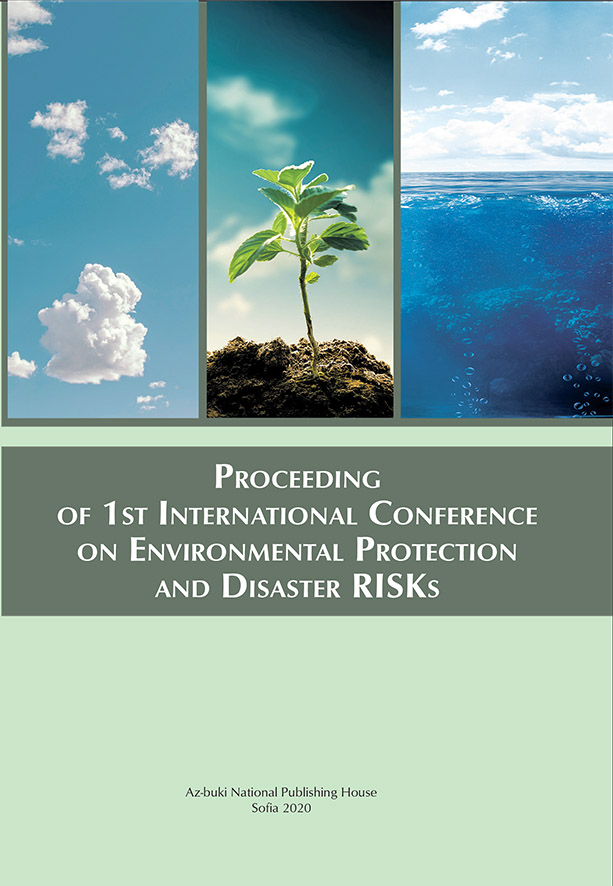Application of Backward Trajectories and Cluster Analysеs for Study of Variations in PM10 Concentrations
Application of Backward Trajectories and Cluster Analysеs for Study of Variations in PM10 Concentrations
Author(s): Rozeta Neykova, Elena Hristova
Subject(s): Economy, National Economy, Supranational / Global Economy, Business Economy / Management, Energy and Environmental Studies
Published by: Национално издателство за образование и наука „Аз-буки“
Keywords: Air quality; PM10; back-trajectories; cluster analysis; PSCF
Summary/Abstract: This study is on estimation of the influence of the air mass origin on particulate matter (PM10) levels in the city of Plovdiv, Bulgaria during 2019. The HYSPLIT (Hybrid Single-Particle Lagrangian Integrated Trajectory) and the statistical software package “Openair” in R are applied. The cluster analysis statistical method is used to group the back-trajectories into 5 sets according to the angle, direction and speed of the air mass. The Potential Source Contribution Function (PSCF) and Concentration Weighted Trajectory (CWT) statistical methods are also applied in order to identify source areas of pollutants. The PM10 concentrations in two air quality stations in Plovdiv and some meteorological elements are also presented and discussed. The influence of the clusters on PM10 levels is explained.
- Page Range: 172-180
- Page Count: 10
- Publication Year: 2020
- Language: English
- Content File-PDF

